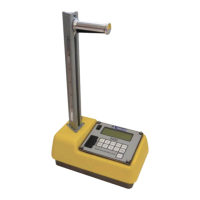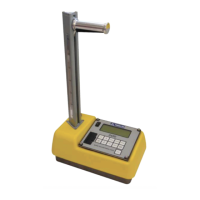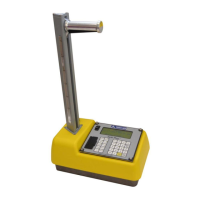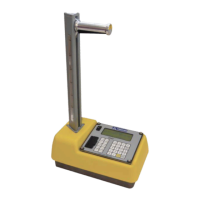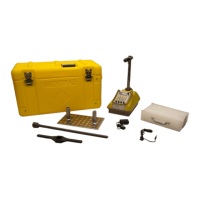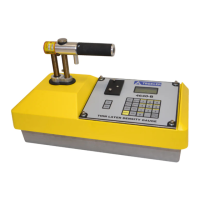NOTE
The Model 3440 Plus Surface Moisture Density Gauge can
be equipped with an optional global positioning system (GPS)
receiver. If such a gauge is moved a long distance between uses,
the GPS system must be allowed to initialize. In some instances,
initialization may take as long as 30 to 45 minutes from the time
the gauge is powered on with the GPS enabled. Note also that
the gauge must be positioned such that the GPS receiver can
receive signals from the GPS satellites (see Appendix I for more
information). If the GPS does not initialize within 45 minutes,
contact your Troxler representative.
Manual of Operation and Instruction
Model 3430 Plus & 3440 Plus
Surface Moisture-Density Gauge
Troxler Electronic Laboratories, Inc.
3008 Cornwallis Rd. • P.O. Box 12057
Research Triangle Park, NC 27709
Phone: 1.877.TROXLER
Outside the USA: +1.919.549.8661
Fax: +1.919.549.0761
www.troxlerlabs.com
